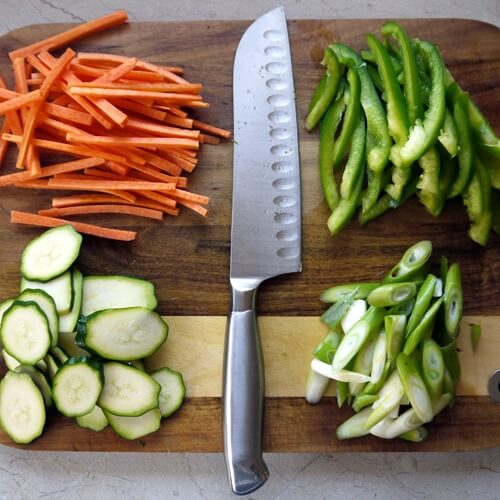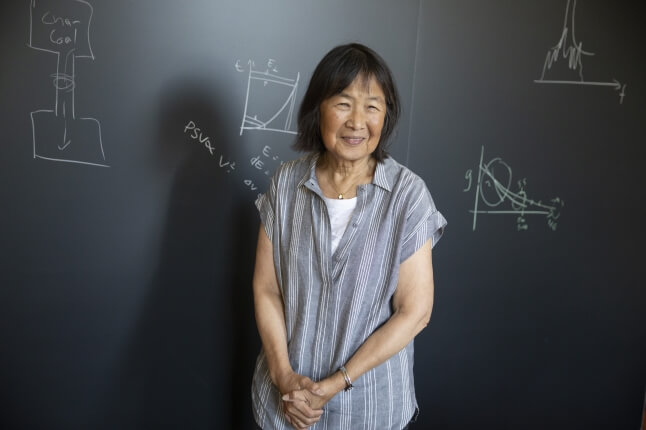News
L. Mahadevan delights in applying mathematics to everyday phenomena. (Image courtesy of Flickr user Yortw.)
This is an excerpt from an article by Carolyn Y. Johnson published in the Boston Globe on December 19, 2012.
L. Mahadevan, an applied mathematician at Harvard University,delights in unraveling the principles that underlie seemingly simple phenomena, ranging from how cucumber tendrils coil around supports to help plants climb, to the optimal way to balance on a tightrope.His latest work is something he’s been pondering for years, nearly every time he’s cooked a meal: the physics of cutting soft stuff.
Mahadevan, a vegetarian, found it interesting that when cutting stiff vegetables, such as a pumpkin, or a potato, people push down with the blade. They very rarely “slice,” drawing the blade toward them while they push down. Soft fruits and vegetables, such as a tomato, or a persimmon, on the other hand, require more slicing to make an effective cut. As he mulled the problem, his mind ranged all over, and he recalled that when he met his wife, he had a paper cut, bringing up the everyday mystery of how paper can slice flesh. What was the explanation for the two techniques, he wondered.
In a careful experiment published this month in the journal Physical Review Letters, Mahadevan and colleagues measured the forces involved in slicing, usinga stripped down experimental apparatus—a soft gel and a fishing line as the blade. They mimicked both dicing and slicing with the apparatus—“dicing” defined as just pushing down with the blade, and “slicing,” the action of drawing the blade at an angle as one pushes down.
Read the entire article in the Boston Globe
Topics: Applied Physics, Applied Mathematics
Cutting-edge science delivered direct to your inbox.
Join the Harvard SEAS mailing list.



